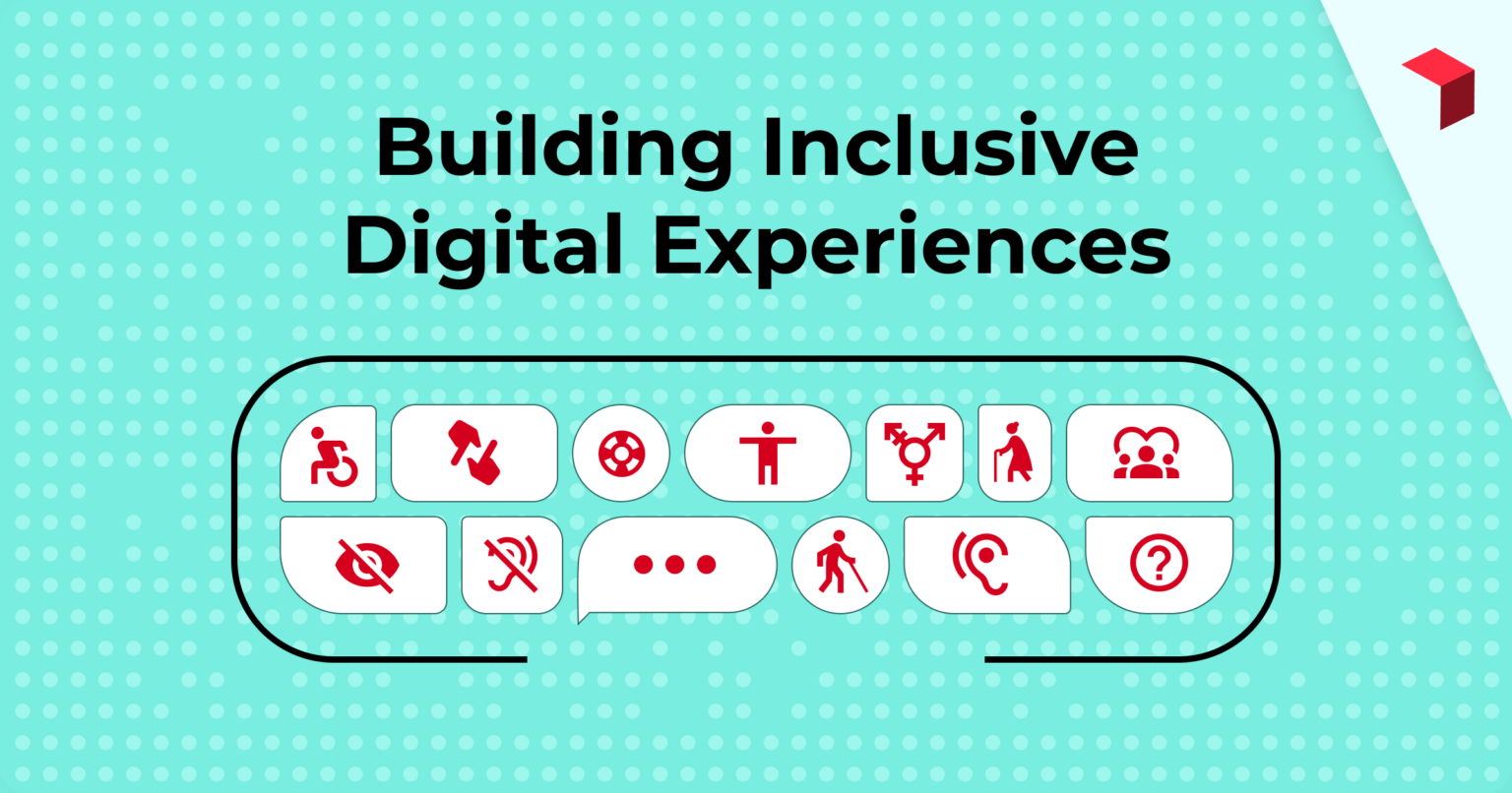Global Accessibility Awareness Day (GAAD) on May 16 is a timely reminder of the importance of making digital content accessible to everyone. At iFactory, we understand the critical role website accessibility plays in creating inclusive online experiences, especially for colleges and universities.
In anticipation, we’re eager to share our insights and approaches to prioritizing accessibility in our website redesign projects. We welcome you to take a behind-the-scenes look at the strategies and methods that support our commitment to creating digital spaces that are accessible to everyone.
You can also watch our on-demand webinar on Building a More Inclusive Internet to gain critical insights on making your site more accessible.
Understanding website accessibility
As stewards of the online realm, it falls on all of our shoulders to ensure that every individual, regardless of ability, can seamlessly access and engage with online content.
Consider this: 13% of Americans live with a disability. For some, this means they face challenges navigating the digital landscape. Users employ a range of assistive technologies, including screen readers and voice commands, to access content, making web accessibility more than a legal requirement—but a cornerstone of digital fairness.
For colleges and universities, this means ensuring that current and prospective students, staff, and community members have equal access to information, leveling the playing field for all. This inclusive approach not only expands your reach, but also fosters a more diverse and engaged community.
Additionally, improved accessibility enhances your website’s overall usability and creates a positive brand image. By making accessibility a priority, institutions can better fulfill their mission of providing equitable access to education and information.
Our approach to accessibility
Great accessibility intersects with great usability, ensuring all people can understand and use content in the ways most comfortable to them.
Jeremy Perkins, Director of UX and Design, Accessibility Lead
At iFactory, we embrace accessibility as a core value, recognizing its power to foster inclusivity and empower individuals. Across all our teams—strategy, content, design, UX, SEO, and development—accessibility is integrated and prioritized into every stage of the website redesign process.
Partnering with organizations like Hadley, Perkins School for the Blind, Helen Keller Services, and Braille Institute (launching in September, 2024) has enriched our understanding of accessibility’s intricacies. These partnerships have reinforced our unwavering commitment to championing accessibility, driving us to continuously improve and innovate in this vital area.
In essence, it all comes down to one simple yet powerful objective: we want to help people.
Tools and techniques
Ultimately, content that isn’t accessible isn’t helpful. Not only will fewer people be able to read and engage with it. With Google considering proper heading structures for overall user experience and keyword recognition, fewer people will even be able to find it.
Joe Pinciaro, Director of Content
By adhering to Web Content Accessibility Guidelines (WCAG) our teams at iFactory are able to create websites that adhere to accessibility guidelines and prioritize user experience. A few of the other ways some of our teams prioritize website accessibility follow.
Strategy
By empathizing with diverse user needs and understanding the experiences of all users, we ensure that our websites cater to everyone, fostering inclusivity and accessibility.
Design
Our designers meticulously check contrast levels, utilizing tools like WebAIM Color Contrast Checker to verify that text and images meet accessibility standards. We prioritize clarity and legibility in design, to ensure that every element is easily discernible for all users.
Content
Our content team uses proper heading tags to organize content clearly, which helps tools like screen readers navigate the page while also making content scannable for sighted users. This additionally supports SEO best practices.
Using tools such as HemingwayApp, our writers also keep reading levels low, making content easy to understand for all.
Development
Following Accessible Rich Internet Applications (ARIA) specifications, our developers implement accessible coding practices to enhance user experience. By using our set of internal accessibility developer techniques, we maintain consistency and quality in our code.
We follow this with comprehensive testing that includes manual inspection, as well as using tools like WAVE to help catch any errors.
Website accessibility best practices
It’s crucial to note that ensuring website accessibility involves numerous best practices. However, these three essential strategies will lay a solid foundation and kickstart your journey toward a more inclusive website.
- Separate Content from Presentation: When creating content, focus on its structure and meaning rather than its appearance. Tools like Word documents let you organize content with proper heading tags, lists, and more, without worrying about design. This helps address accessibility issues early on.
- Prioritize Testing: Make sure to set aside enough time for testing to catch accessibility issues, as they may not be obvious to everyone at first. Use different ways of interacting, like keyboards, trackpads, or touchscreens, to uncover any biases and make sure everything is fully accessible. And don’t forget to always test any new features thoroughly.
- Foster a Culture of Awareness: Promote a culture where accessibility is understood and valued by all team members. Training on why and how to implement accessibility measures is better than just relying on automated scans, which only catch mistakes later. When your team understands accessibility, they can avoid errors right from the start.
Accessibility with iFactory
Global Accessibility Awareness Day reminds us that accessibility is vital for fair and inclusive online experiences. At iFactory, we’re committed to making our website redesigns accessible to everyone. Through partnerships and by integrating accessibility into our workflow, we aim to create digital spaces that everyone can use comfortably.
Whether you’re embarking on a website redesign or seeking guidance on accessibility best practices, iFactory is here to assist you. Reach out to us to learn more about how we can help you create accessible, user-friendly websites that benefit everyone.

